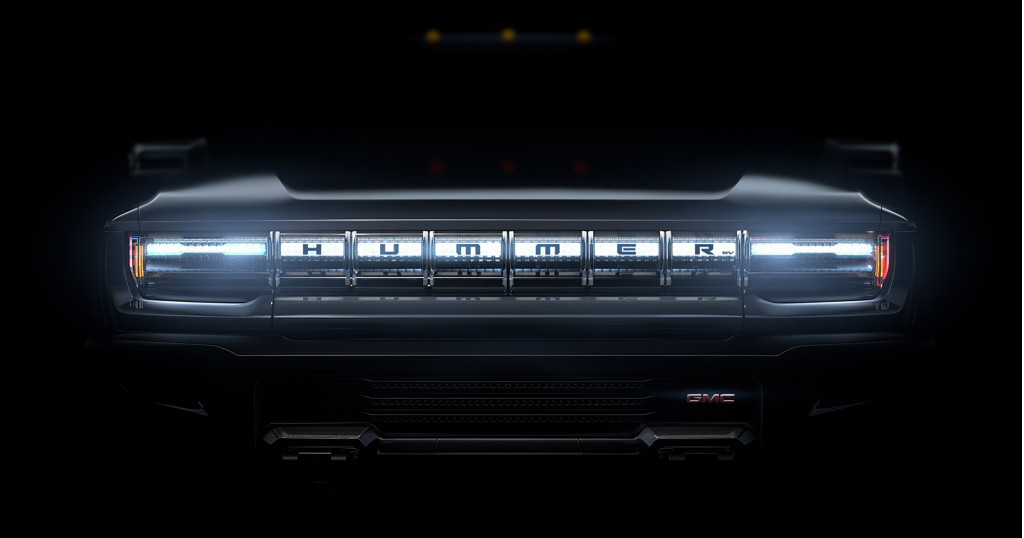During General Motors’ Capital Markets Day presentation for investors Wednesday, the company teased just how much flexibility—and potentially, what a wide range of global products—they can make from the company’s upcoming third-generation electric-vehicle architecture.
Compared to the company’s current EV platform, as used in the Bolt EV, the new one will have a larger footprint with lower height, higher energy density, more flexibility, higher-power DC fast charging, and the possibility of some agile changes to vehicle configuration as the market demands, Reuss outlined.

GM BEV3 architecture attributes
“We can get the configuration we need into the product we need, whenever we need it,” said Reuss. “Nobody we know of has this combination of flexibility, speed, and scale.”
One key to that, Reuss explained is the flexibility of the next-generation battery-pack design. “And together the combination of the architecture and the pack will allow multi-segment, multi-brand applications,” he said.
Reuss showed the “actual battery design” using a comparison to an ice-cube tray, in which you can use as many ice cubes as you want, and the tray stays the same.

GM BEV3 battery architecture
For GM’s BEV3 battery modules, which it will make in Ohio presumably, with LG Chem, but hasn’t yet defined, Reuss said that the EVs will offer configurations of as few as 6 modules for smaller EVs, or otherwise 8, 12, or even 24 modules (stacked double).
"The basic cells are pretty much all the same...and that drives a different definition of what architecture was, and what it is," he explained. "Our architecture is really around the cell, and the orientation of the cell in the pack."
In a statement that would appear to build on a response to our brief Q&A with Reuss last month, suggesting that GM won’t use the same skateboard-type platform strategy as other automakers but something more module- and component-driven, Reuss explained that the setup allows them to simply reconfigure the battery and go.
“This allows us to be as agile as the market dictates…We can adjust on the fly as we need to.”

GMC Hummer EV
Reuss pivoted to discuss the electric GMC Hummer that was teased last weekend in a Super Bowl ad, also mentioning the full-size electric pickup due in fall 2021, and said (regarding the trucks) that “when we go to market we’ll have 1-, 2-, 3-motor versions, offering different ranges, different performance, at different price points to meet the customers wherever their needs may be.”
“If the customer wants a basic package, we’ll have that. If the customer wants true off-road capability and towing capability, we’ll have that, too.”
It won't be just one pickup and will be scalable across multiple brands, Reuss said. “We will introduce multiple products a year as we want to be and the market dictates.”
Back to the battery and propulsion systems, Reuss said that “those are the big cost drivers for what is a new architecture for electric vehicles, versus stampings, floorpans, rockers, pickup points, control arms, those are usually the things that usually define architecture because they’re the high costs.”
Reuss explained that as GM was creating the first EV from this new architecture, which looked like a crossover, “we started looking at what else we could do and how we could do it.”

Cadillac electric crossover SUV based on GM BEV3 modular platform
As for that first crossover, that’s the Cadillac model—with a proper model name—that will be revealed in April.
“There’s another version of our BEV3 architecture...and I’ll leave that as a surprise, it’s very different,” teased Reuss.
The company plans to reveal at least a little more about that on March 4.













